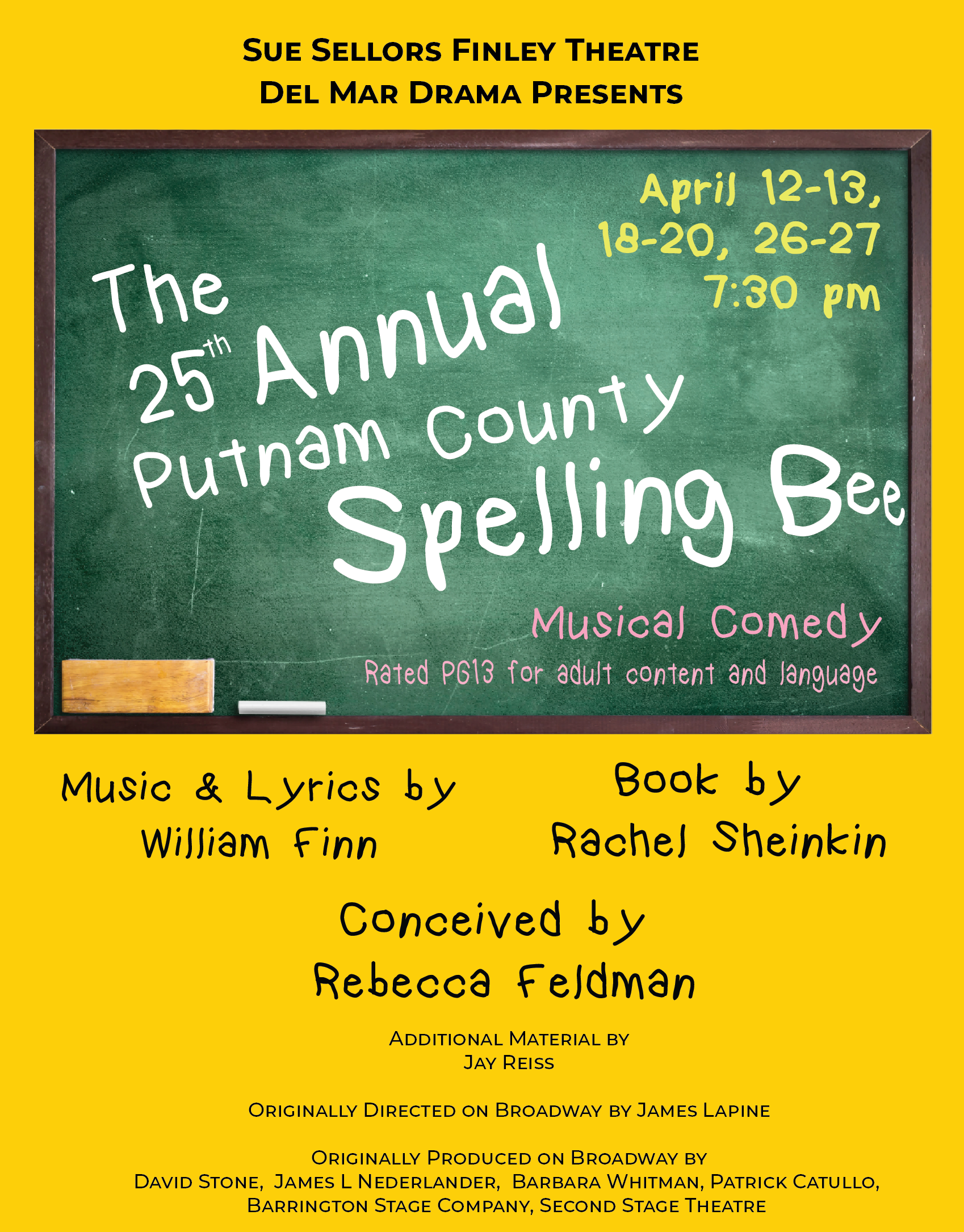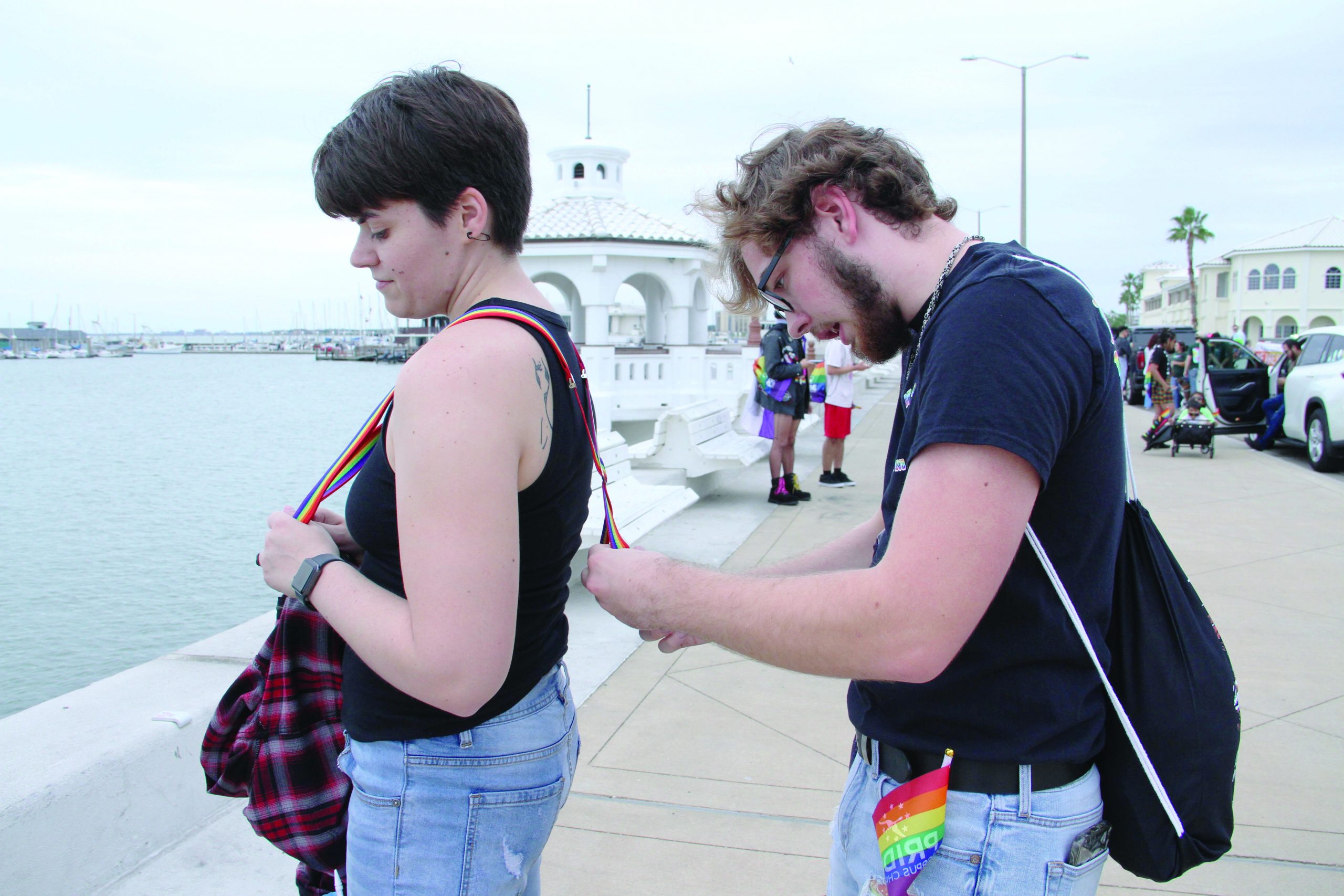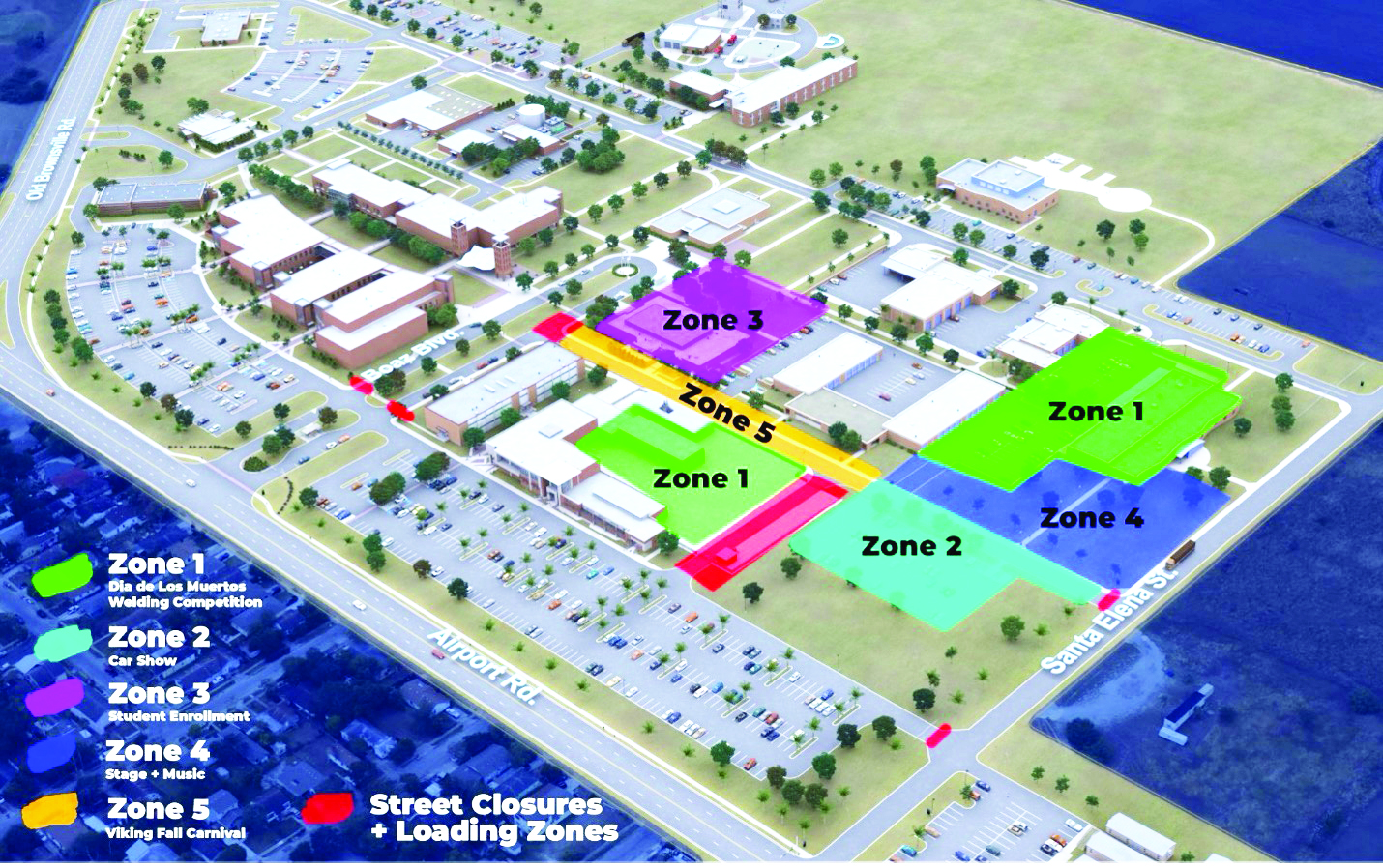Jonathan Garcia
Del Mar College’s Student Nurses Association recently attended the National Student Nurses Association convention in Dallas. While attending, they were introduced to a German based company named DKMS, a national organization to aid fighting against blood cancer. There, the SNA board members Kelsey Nuccio, president; Christina Squyres, vice president; and Melissa Gomez, secretary signed up to be potential bone marrow donors being put on a national bone marrow registry.
Blood cancer such as leukemia and lymphoma start in the bone marrow where blood is produced and requires new marrow through a procedure one of two ways.
“Seventy-five percent of people can have their donation done by phlebotomy which is like a blood donation,” SNA adviser Kelley Bazemore said. “Twenty-five percent are actually going to have their bone marrow tapped in the iliac crest, and they would go in there and suck bone marrow out.”
Before the process can begin, there is a procedure that must be required before being placed on the registry list. If you have history of cancer, traumas or are over the age of 65 you can’t become a donor. Those who meet the requirements fill out a paper for contact info and swab 2 Q-tips on each inside of the cheek. Once this is done, you wait for a call back, which takes two to three weeks saying you’re on the registry for any match that may come up till the age of 61. If chosen, they would reach out via e-mail or saying they found a match and the actual donation would take place one to two months prior after required screenings and tests on the possible donor.
Squyres felt signing up to be a potential donor could make a difference to whoever may need it.
“Each person has a genetic twin,” Squyres said. “If I could potentially save my genetic twin’s life I would want to do so because that person relying on me to be a genetic match. “
After registering to be potential donors, the SNA set up a bone marrow registry on Del Mar West Campus to get possible diverse donors.
“There is a specific high need for minorities to donate because of the genetic peculiarities and we have a high pool of minorities who need bone marrow transplants,” Bazemore said.
Two percent of the United States are on the bone marrow registry with 80 percent being Caucasian. The DMKS shared these statistics with Nuccio and Squyres looking for a diverse population of donors and felt Corpus Christi would be a perfect place to bring back to the registry.
“We got about 46 donors when all set and done there are so many different cultures within our cohort,” Nuccio said. “One could potentially be a match and that’s what they’re looking for that melting pot that of an individual that could possibly meet the criteria the genetic match of someone else.”
Bazemore first felt concerned about the DNA security and unsure about the data bank it goes too, but the students who selflessly registered to be a donor that helped with her decision to become one herself.
“I sat on it for a week after the convention before I actually swabbed and when I was watching the students they motivated me,” Bazemore said. “Seeing their faith and them supporting some future possibility was made me go ahead and swab.”




